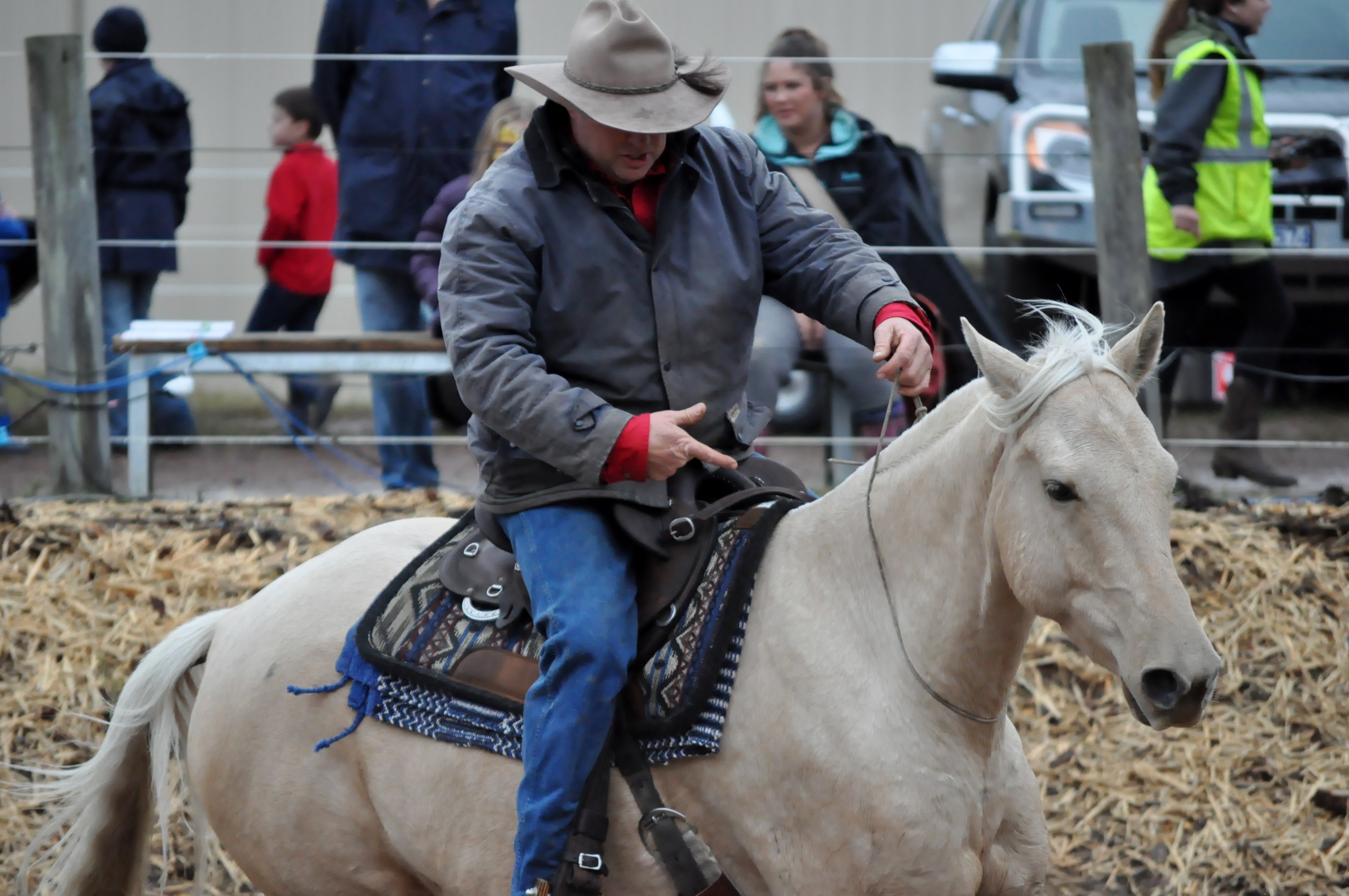
The Old Way with Horses
Often we hear people from this day and age talking about how the new way is so much better than the old way. It sounds like they have discovered how to be more empathetic and less damaging to a horse than anyone in the past ever could.
They talk about new methods, training styles and attitudes as though they could never had existed in the past and the whole of history has been ignorant all along.
Here are some things I have come across recently. In a book called “The Virginian” written by Owen Wister in 1902 about range life in Wyoming, and beyond, he talks about not working young horses too hard for fear of “springing their legs” (or them developing splints) and not being useful older horses. He also wrote the lines, as near as I can remember without searching for it, “Doesn’t a horse rely on us to help him? Isn’t he just like a child”. The book is a novel, or fiction, but the attitudes and ideas were from somewhere.
In his book Hell West and Crooked published in 1988 Tom Cole wrote about his life as a drover, horseman and buffalo hunter in the north of Australia in the 1920’s and 1930’s. Its a long time since I read this book but he specifically talks about not putting horses to work until they are four or five years old. Again because that is the only way they could get them to last the distance.
I guess my point is that these guys relied on their horses and needed to look after them for the sake of them being reliable and functional for as long as possible.
It was not all the rough tough stuff that movies, and people with something “new” to sell would have us believe. It was also not all as bad as someone with a little less experience and age on them might say to give them the illusion of credibility.
I am not saying that the rough stuff didn’t exist then but we need to remember that the good, the bad and the ugly is just as prevalent today. Add the competitiveness of todays society and the money involved and we have a dimension that was no where near as commonplace in times past.
Traditional knowledge has taken several thousand years to evolve. It was developed by millions of horsemen and horses.
Army’s could not function on horses with sore backs or lame horses. Large pastoral operations and droving outfits did not want the burden of their horses only having a short usable life.
Most people in isolated locations often weeks or even months away from the nearest hospital did not want to ride frightened, worried or unpredictable horses. Unfortunately the stories of accidents and unfortunate “goings on” made much more of a story. I guess doom and gloom in most news broadcasts now is what takes hold of the general public’s ear.
In those older times horses suffering serious genetic disorders were generally not purposely “bred on” for aesthetic reasons and breeding stock had to prove their suitability for work and going the distance.
As much of the unsafe, unhealthy and unhappy things that horses have to endure come from a lack of experience and understanding as what emerge from a lack of respect for the horse. Not all that was done in the past is sinister and not all that is purported as a new revelation is in the best interests of the horse.
In the event that someone thought I may be someone they could ask for advice on this, it would be, “don’t be too quick to jump on a new bandwagon and don’t be too hasty in abandoning what preceded it. Lots of times a change is attractive to those who have not yet mastered the status quo”.












